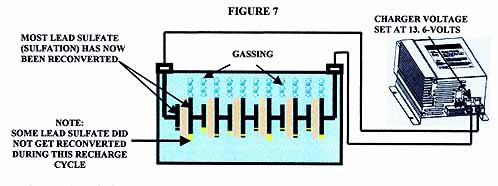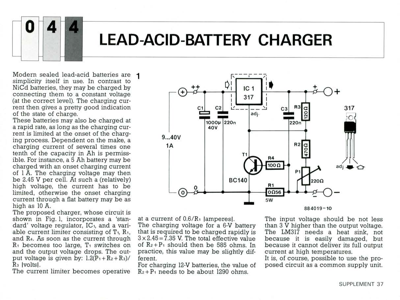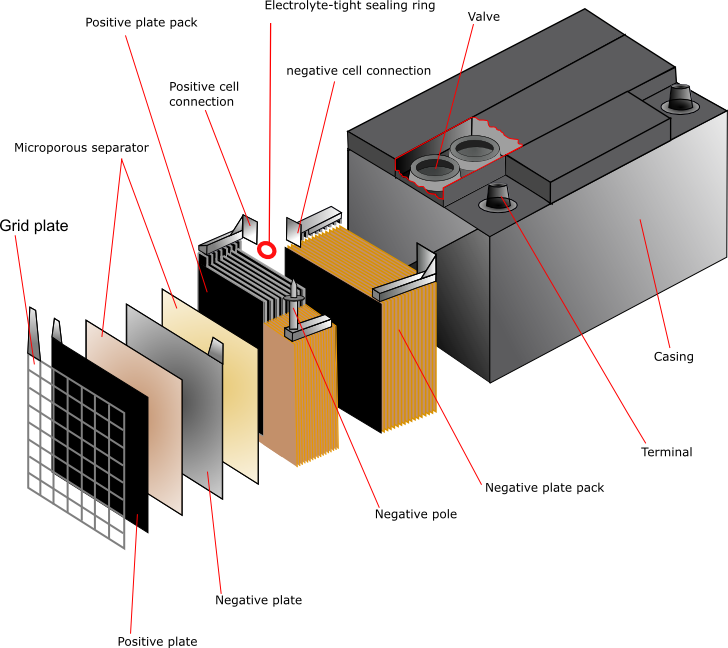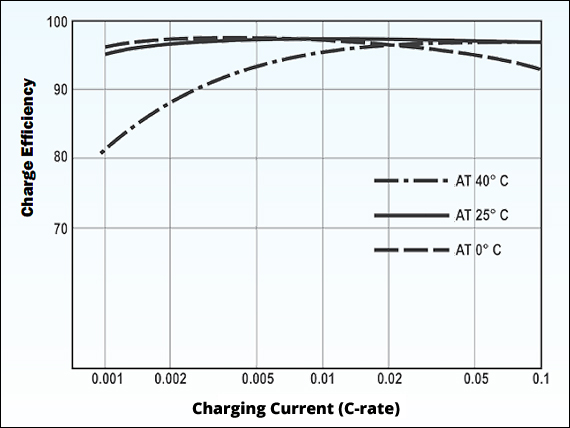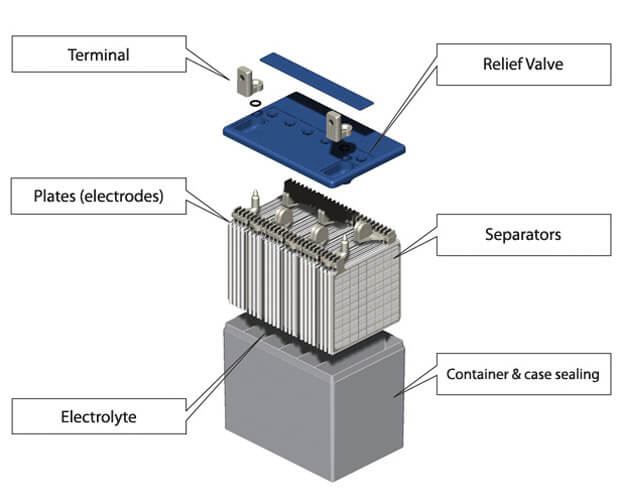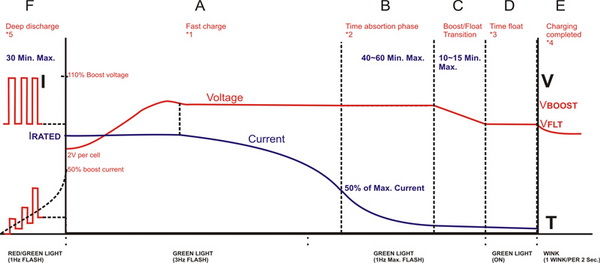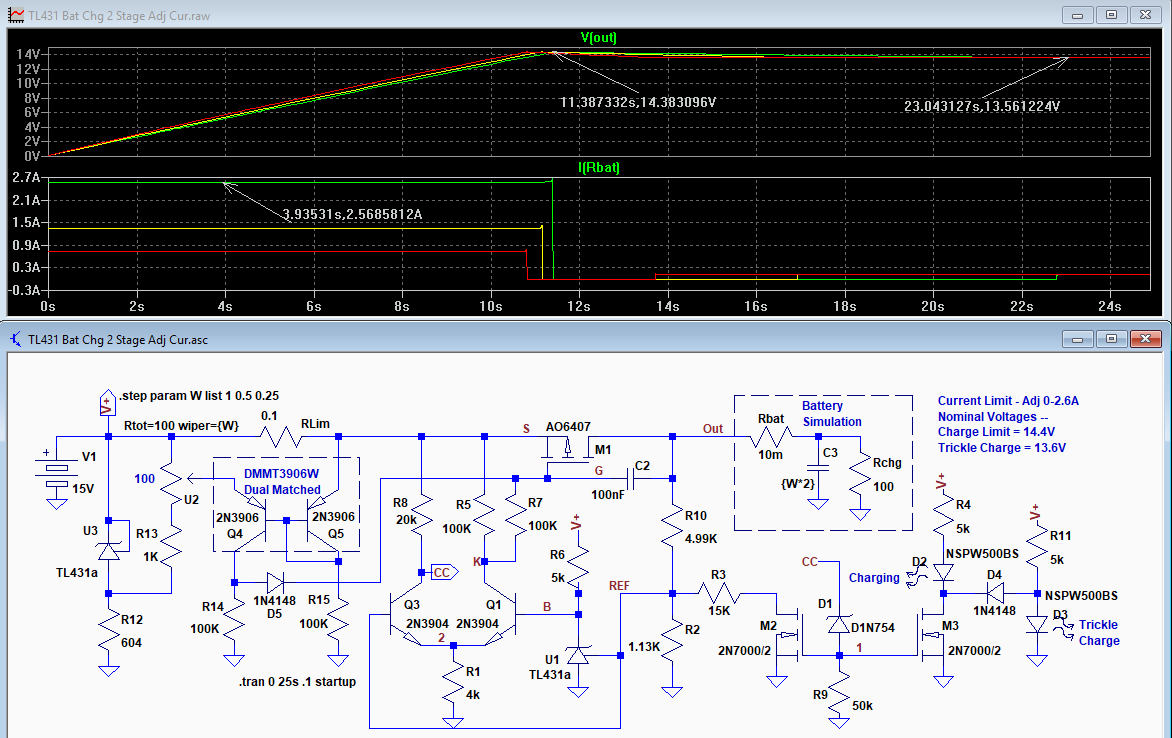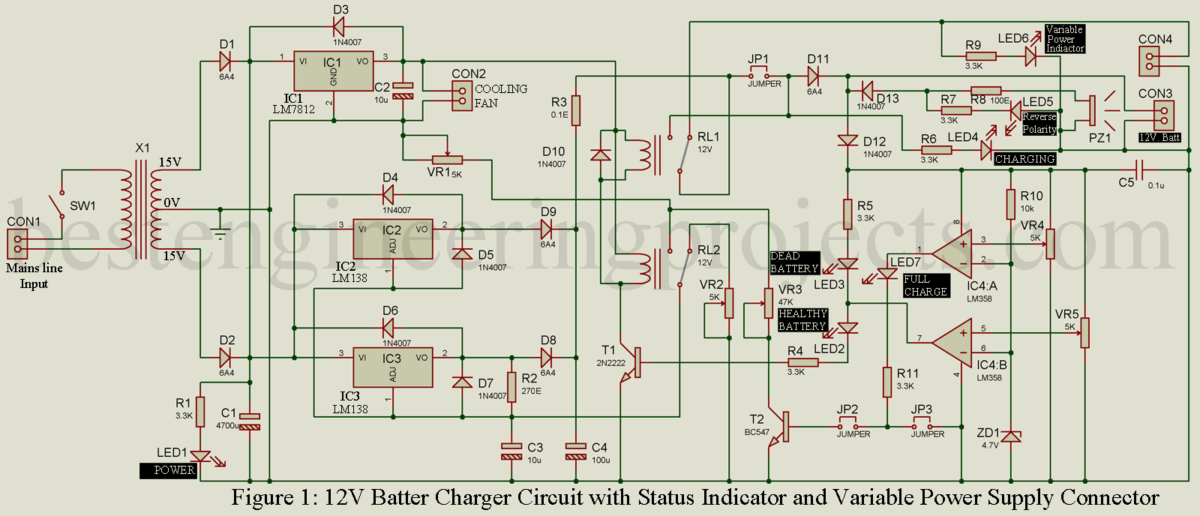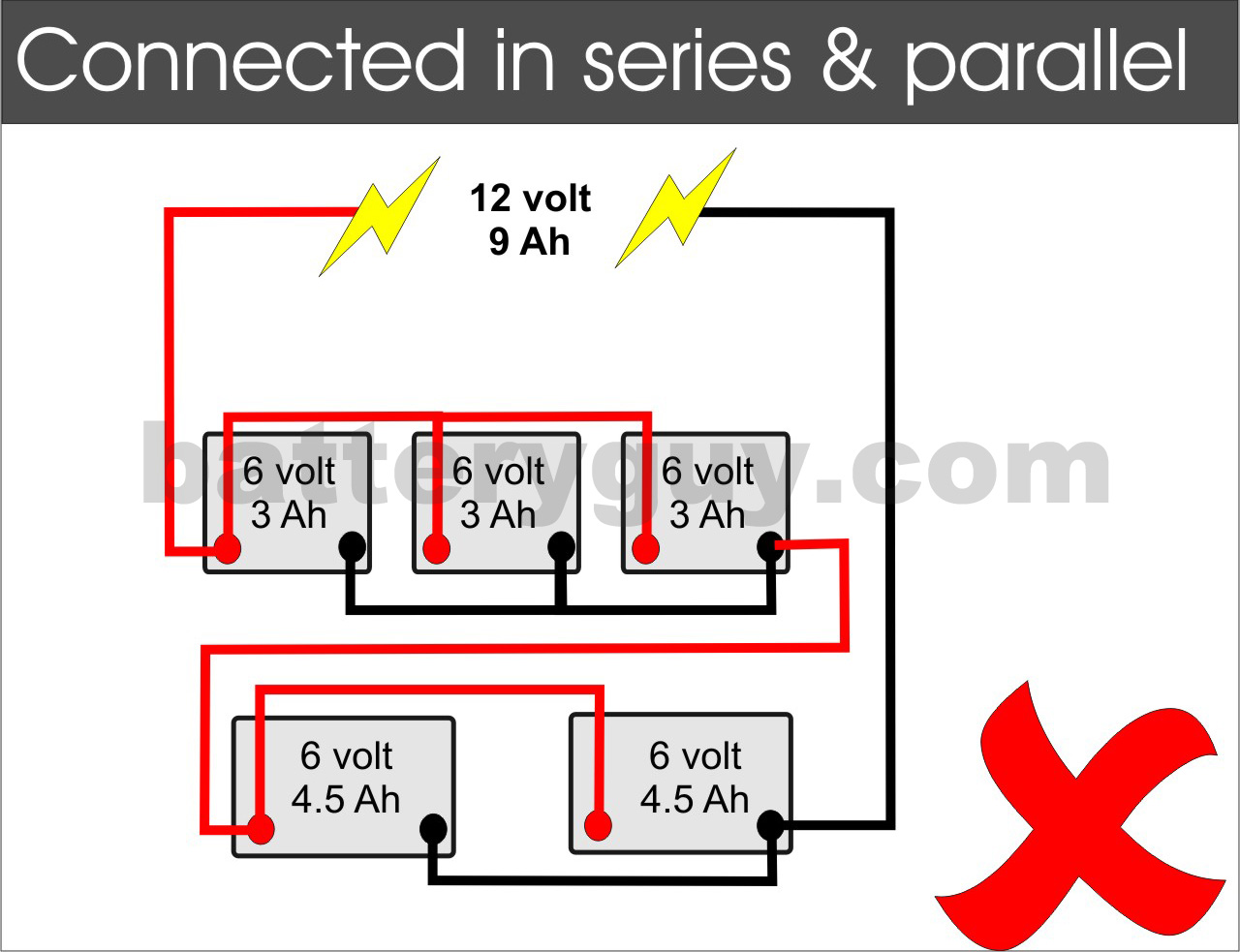A taper charger in parallel with the battery in parallel with the load makes an effective battery back up. The charge time is 1216 hours and up to 3648 hours for large stationary batteries.
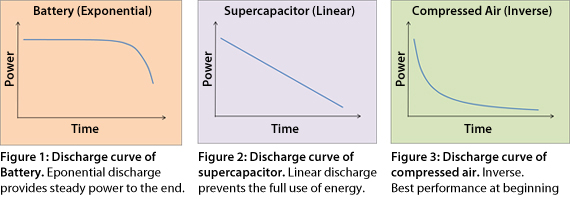
Battery Discharge Methods Battery University
Charging lead acid batteries in parallel. The lead acid battery uses the constant current constant voltage cccv charge method. Multiply the time anticipated to charge one battery by the total number of batteries. For secondary rechargeable batteries the stronger battery would charge the weaker one draining itself and wasting energy. In theory it is ok to connect them in parallel with two conditions. Each battery must be in a state where it can be voltage charged. For example if charging one battery normally takes three hours and you have five batteries linked in parallel the charging time will be five times three hours or 15 hours.
You should take care to ensure that the taper charger is designed to give continuous current equal to the load plus some left over for battery charging. This method of charging batteries in parallel will result in each battery drawing the same amount of current from the charger. If you connect rechargeable batteries in parallel and one is discharged while the others are charged the charged batteries will attempt to charge the discharged battery. A regulated current raises the terminal voltage until the upper charge voltage limit is reached at which point the current drops due to saturation. This method of charging can be utilized when there is an even number of batteries 4 6 8 etc. This is fine for lead acid batteries unless they are very run down.
Very discharged lead acid batteries have to be charged with fixed current until they get to a minimum voltage then they can be voltage charged. It will maximize the lifespan of all your batteries as they will be charged and discharged evenly.
